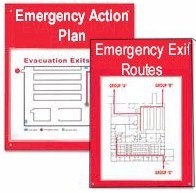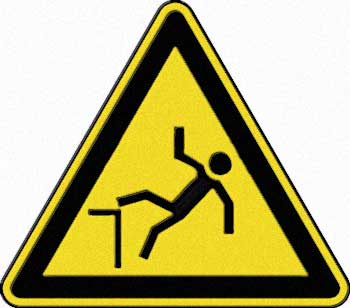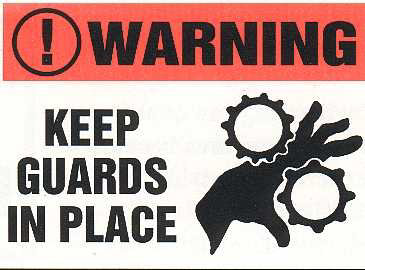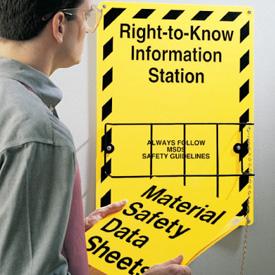 Worksites can present many types of hazards. Although some people may believe an injury occurring from those hazards is the worst-case situation, a worker recovering from that injury could be in just as much danger – if not more. From 1999 to 2008, the number of drug poisoning deaths involving opioid analgesics, or painkillers, more than tripled – to about 148,000 from 4,000, according to the Centers for Disease Control and Prevention. Also, for every unintentional opioid analgesics overdose death, there are nine people admitted for substance abuse treatment, 35 emergency department visits and 161 reports of drug abuse or dependence, CDC said. Although it is unclear how many involve employees who were injured on the job and are in the workers’ compensation system, experts contend that the national trend of painkiller abuse extends to recovering workers.
Worksites can present many types of hazards. Although some people may believe an injury occurring from those hazards is the worst-case situation, a worker recovering from that injury could be in just as much danger – if not more. From 1999 to 2008, the number of drug poisoning deaths involving opioid analgesics, or painkillers, more than tripled – to about 148,000 from 4,000, according to the Centers for Disease Control and Prevention. Also, for every unintentional opioid analgesics overdose death, there are nine people admitted for substance abuse treatment, 35 emergency department visits and 161 reports of drug abuse or dependence, CDC said. Although it is unclear how many involve employees who were injured on the job and are in the workers’ compensation system, experts contend that the national trend of painkiller abuse extends to recovering workers.
via Injured and addicted.








